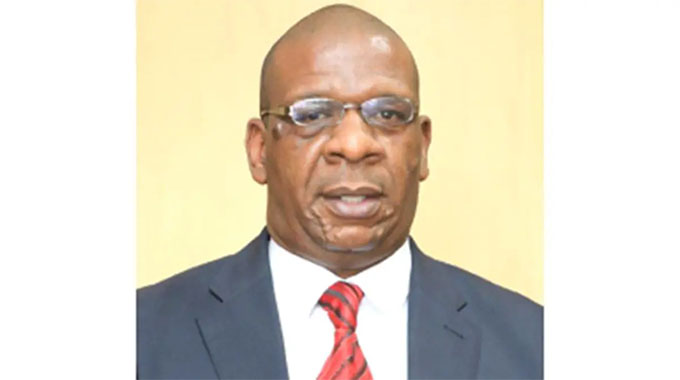High inflation still hitting SA consumers hard

While the easing of inflation from 7,4 percent year-on-year in November 2022 to 7,2 percent in December has been welcomed by all, it is clear that the fight against the continued increase in living costs is far from over.
Inflation is still way above the Reserve Bank’s target range of between 3 percent and 6 percent, and is likely to stay high until the second half of 2023.
High inflation is hitting consumers hard, evident from sitting back and reading carefully through the latest Statistics South Africa (Stats SA) inflation report. It stands out that the cost of necessities — particularly food — is still increasing fast.
Tshiamo Masike, economic analyst at Momentum Investments, says it is noticeable that food and non-alcoholic beverages replaced transport as the largest contributor to inflation in December, despite signs that food inflation might have peaked in November 2022.
The Stats SA report reveals that food is 12,4 percent more expensive than a year ago and non-alcoholic drinks 9,7 percent more. The price of a hot drink increased by 14,6 percent.
In contrast, the prices of products used for recreation and cultural activities increased by just 3,4 percent, and that of clothing and footwear by only 4,1 percent. There might be several reasons for these prices increasing only a little, but households cutting back on non-essential expenditure must surely rate near the top.
Masike says the 18,6 percent increase in the electricity tariff recently announced by the National Energy Regulator of SA (Nersa) for the 2023/2024 financial year, followed by an increase of 12,7 percent in the following financial year, is expected to impact inflation between 0,1 percent and 0,2 percent given the 3,7 percent weight of electricity in the consumer basket.
“Moreover, it is expected to feed into inflation expectations, which came in higher across all time horizons surveyed in December 2022,” says Masike.
However, the really bad news in the inflation report are the indications that it is the poorer sections of society that are hit the hardest by high inflation. “Persistently high inflation in 2022 disproportionately impacted vulnerable consumers,” says Masike.
Buried in one of the tables in the report is a devastating figure: the cost to households of domestic workers’ wages increased by 4,2 percent during the last 12 months — far less than the increase in the cost of basic foods that such workers will buy.
The Stats SA analysis of inflation grouped by expenditure levels shows that the inflation rate for lower-income workers is higher than that of people who have more money to spend — and was much higher in 2022 than in the previous year.
Figures for inflation per expenditure decile show that people who have less than R20 000 to spend per annum, equal to less than R1 700 per month, saw their expenditure increase by 10,4 percent (December 2022 vs December 2021).
Their inflation rate was 6,2 percent in the previous year.
People who have between approximately R20 000 and R33 000 to spend a year (R1 700 to R2 750 per month) had to cope with an inflation rate of 9,8 percent, and those spending between R34 000 and R65 000 per annum (around R2 800 to R5 400 per month) had an inflation rate of 8,6 percent. — Moneyweb.











Comments